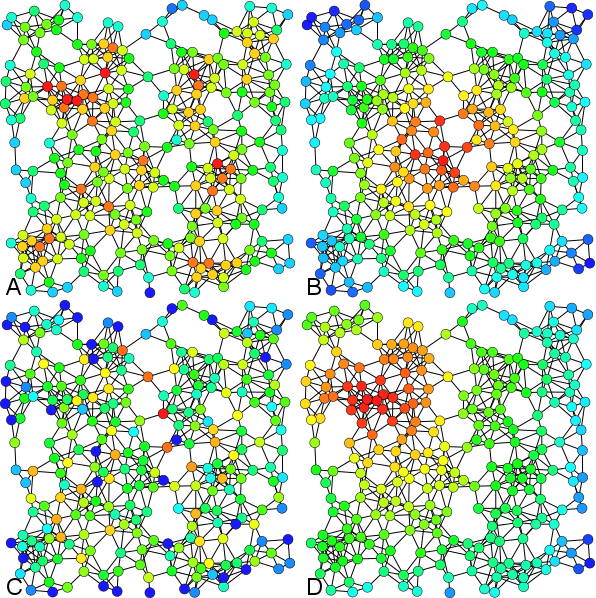Playing with a Rational Distribution
(Note to reader: I think I wrote this post for myself. From an outside perspective, it's by far the most boring one I've ever written. But it's math that's been occupying my mind for a week and from an inside perspective it's been quite fun. Maybe you'll find the fun in it that I did.)
For a project I'm currently working on at GitHub, I ran into my first statistical distribution defined on rational numbers and I found it weird and interesting when compared to the continuous distributions that I'm used to. We were looking at feature adoption on a per-repository basis. We defined adoption to be
The question is, what should the distribution of feature adoption look like across all repos? Pause here and think about it. (Don't even scroll down!) Leaning upon my normal intuition with continuous distributions I was initially a bit surprised with what I found.


